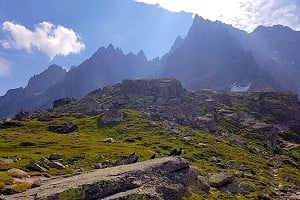
'We cannot wait for a miracle from a mountaintop', UN Secretary General António Guterres concluded in his COP27 address. On International Mountain Day, we look at the events held and decisions reached concerning mountain environments at the COP27 climate conference in Egypt last month.
In 2021, we attended and reported on the COP26 climate conference in Glasgow. Although we didn't travel to the COP27 summit in Sharm el-Sheikh last month, we followed developments from afar. Amid major new decisions affecting mitigation and loss and damage finance, there was also an historic recognition of the importance of conserving the cryosphere - regions covered in ice and snow - and by extension an acknowledgement of the vulnerabilities of mountain areas as global governments looks to limit warming to 1.5°C.
The State of Global Mountains
Mountains make up 25% of the global land surface and are home to 25% of the world's population, while 50% of us rely on them for resources including water, hydroelectricity, timber, medicines and, as us climbers and walkers well know, recreation.
Ranges across the world face elevation-dependent warming, shrinking glaciers, reduced snow cover and changing precipitation patterns, causing knock-on effects for mountain communities and their water supply, energy production, ecosystem integrity, agricultural and forestry production and disaster preparedness — all while contributing to rising sea levels.
Shortly before COP27, the International Cryosphere Climate Initiative released a new State of the Cryosphere Report 2022: Growing Losses, Global Impacts. Chapter 3: Mountain Glaciers and Snow outlines projections based on various future warming scenarios, and highlights that the European Alps in particular could preserve a significant portion of its ice over time if warming becomes limited to 1.6-1.8° C, before declining further by 2100. However, the report also notes that glacier losses 'will continue at a steep rate over the next several decades just due to current warming.'
Over the course of the last century, temperatures in the European Alps have increased by around 2°C, or twice the global average. This summer, heatwaves led to record-breaking June temperatures across the continent, and - catalysed by a lack of snow and precipitation over winter and spring - caused glaciers to vanish at a record rate and life-threatening rockfalls and serac collapses to increase. Switzerland lost 6% of its glacier volume between 2021-2022 alone, according to the Cryospheric Commission.
In high mountain Asia, warming and melting are accelerated and the impact of this is even more pronounced, leading scientists to describe the Hindu Kush Himalaya as "a barometer for the planet's health crises."
Closer to home in Scotland, the famous Sphinx snow patch in the Cairngorms disappeared once again in October for the fourth time in six years, having only done so five times in the last 300 years, according to snow patch expert Iain Cameron.
Cryosphere mentioned in the COP cover decision for the first time
'Recognises the impact of climate change on the cryosphere and the need for further understanding of these impacts, including of tipping points'
Major hope for mountain, polar and low-lying regions came from the historic inclusion of the cryosphere in the final cover decision, recognising the impact of climate change on the world's snow and ice and its consequences.
Glaciologist Dr. Heidi Sevestre, who attended COP27, commented: 'This is huge for us glaciologists, for cryosphere countries and for countries suffering from the loss of the cryosphere. It was about time.'
Also included in the cover text for the very first time were tipping points - thresholds beyond which significant and often irreversible damage is caused to the climate system, even if warming if minimised. 'The loss of cryosphere is all about tipping points,' Dr. Sevestre explained. 'Many of them revolve around 1.5°C.'
Formation of new group focused on the cryosphere: "Ambition on Melting Ice"
20 governments of mountain, polar and low-lying countries jointly signed a pledge to save the planet. The'Ambition on Melting Ice on Sea-level Rise and Mountain Water Resources' group aims to ensure that the impacts of cryosphere loss are understood by political leaders and the public - not only within mountain and polar regions, but across the world.
Dr. Sevestre presented at the event. 'I was lucky to share the latest cryosphere science at the signing of the AMI Declaration in front of 18 different countries, what an honour that was,' she said.
Their declaration outlined the existing challenges faced in the cryosphere:
'Severe impacts are already occurring in relation to water shortages from shrinking glaciers and snowpack; global sea-level rise due to loss of ice from ice sheets, glaciers and ocean warming; and landslides triggered by permafrost thaw. Lives and livelihoods are threatened by, and some already lost from, these changes. Indigenous peoples in both the Arctic and mountain regions have been among the earliest affected.'
However, if warming continues as we struggle to limit it to 1.5°C, the impact of ice loss will be increasingly severe, the group warned:
'We wish to make it clear: Protecting the cryosphere through vigorous climate action is not a matter for mountain and polar nations alone: It is a matter of urgent global concern, because the greatest impacts on human communities lie well outside these regions.'
Women Move Mountains
Ahead of COP27, the UN Mountain Partnership launched a Women Move Mountains photo contest to raise awareness of the importance of empowering women who live in mountain environments. In many mountain communities, women hold vital knowledge in farming, traditional medicine, biodiversity, culture and business—expertise which could help to protect sensitive mountain environments from the effects of climate change.
To highlight this, a UN event was held in Rome on Friday 9 December, featuring a fashion show displaying the recent collaboration between the Peruvian women's group Illariy Threads4Dreams and fashion designer and Mountain Partnership Goodwill Ambassador Stella Jean.
'Fashion can play a significant role in empowering rural and marginalised women as well as promoting the conservation of fragile ecosystems, like mountains, Giorgio Grussu, project coordinator at FAO, said.
Hindu Kush Himalaya - The Third Pole
In Glasgow last year, the Hindu Kush Himalaya (HKH), also known as the 'Third Pole' — encompassing Afghanistan, Pakistan, India, Nepal, China, Bhutan, Myanmar and Bangladesh — was described as "the pulse of the planet". This area is disproportionately affect by current warming, enduring flooding, landslides and other climate-related natural disasters. At COP27, governments reiterated the need for continued cooperation on research and solutions between HKH countries and appealed for appropriate finance and mitigation assistance.
The International Center for Integrated Mountain Development (ICIMOD) found that 52 glacier lakes have formed over the last two decades in the Hindu Kush Himalayan regions of Pakistan, Afghanistan, China and India. Glacier lakes form through melting ice, and can lead to glacial lake outburst floods (GLOFS) with devastating consequences for mountain communities, ecosystems and hydropower infrastructure. Improved scientific research and early warning systems can help to save lives.
Izabella Koziell, Deputy Director General of ICIMOD, said:
'With the aim of achieving a more resilient Hindu Kush Himalaya, we believe that the monitoring of the cryosphere needs to be far more widespread, as does the communication of the results of that monitoring, so that we can enable more informed policy and decision making on these issues, as well as of course, deeper community engagement. ICIMOD has been working tirelessly on these incidents, but much more needs to be done with both the community upstream as well as downstream of GLOF hotspots, therefore investing far more and understanding where the greatest risks lie while communicating that understanding so that we can take effective action to minimise these risks.'
A 'Moving Mountains Together' panel discussion in Sharm el-Sheikh focused on inspiring young people living in mountain regions and beyond to engage with climate issues and solutions. Young people aged 13-35 make up more than one third of the total population of the HKH Region and will play a key role in ensuring the future of their home landscapes and communities.
Peru - Tropical Glaciers at Risk
Changes in the cryosphere have significant socio economic relevance in Peru, which is home to the vast majority of the world's tropical glaciers, notably in the Andes. These glaciers have provided an essential source of fresh water for mountain and downstream communities, especially during the dry season, when mountain glaciers provide a buffer against drought and ensure reliable water for drinking, agriculture and energy production. Peruvian glaciers are rapidly disappearing, having lost about half of their surface area and the loss of remaining glaciers in the last 50 years, which in some cases may disappear entirely in just a few decades.
Nature-based solutions have been embraced in Peru. In a Cryosphere Pavilion talk, three solutions were shared for mitigating glacier melt issues: the implementation of early warning systems for floods, alluviums and other dangers of glacial origin; the introduction of water harvesting actions, involving the traditional management of local communities as an adaptation measure against water loss, and the implementation of information services for multisectorial planning to manage water resources in places vulnerable to climate change.
CPR on a Glacier? Curiosity and innovation
A film 'CPR on a Glacier' screened in the Cryosphere Pavilion showed an innovative use of a wool and corn starch cloth to cover, insulate and protect part of Sweden's Helag glacier from melting. The project saved 3.5-4 metres in height from melting in the covered section. Co-instigator of the experiment, Erik Huss suggested that the concept is scalable to larger glaciers while also providing farmers with a business opportunity to sell the wool used in the cloth production.
Huss expressed the importance of glaciers as water resources and pushed for wider appreciation and activism from the public and politicians.
'To love glaciers you must stop burning fossil fuels, that's the golden rule,' Huss said. 'A glacier melts if it gets too warm, if it gets colder it grows. There is nothing else on this earth that's such a perfect climate meter as a glacier. It's easy to watch - you don't need to be a glaciologist to look at a glacier and see what happens. Just one picture and a few years later you see how it retreats.'
Huss believes that everyone should be a 'glacier activist'. Their small experiment, he said, showed results, aroused curiosity and generated media attention, proving that a project doesn't have to be large-scale and extensive in order to show results and help make a difference.
Eocene Hothouse study
A new study shared by UN Mountains in November demonstrated elevation-dependent temperature predictions in the mountains using a model called the Eocene hothouse. The Eocene is a replica of the future climate in a time with high atmospheric CO2 concentration. Current studies show that warming increases as elevation increases, impacting high-mountain areas in particular - as demonstrated in a talk at COP26 last year about Mount Everest: 'Climate Science at the Top of the World'.
However, the Eocene model predicted a paradoxical situation: one in which warming would occur at low elevations and cooling at higher elevations. This is a potentially reassuring prediction for sensitive mountain areas, perhaps, but certainly not a reason to stop work towards limiting global warming.
The Planet is our Playground – How Action Sports and Climate Action are inextricably linked
In a session at the Sharm el-Sheikh Extreme Hangout called 'The Planet is our Playground – How Action Sports and Climate Action are inextricably linked' (replay), professional skier Sierra Quitiquit explained her feelings of imposter syndrome when it comes to speaking out on climate issues. 'I'm a high school dropout. I was a model, I'm a skier, but I'm still stepping up every day and leading and thinking, how can I help today? Where can I be a force, where's my big lever?' she said. 'I just want to tell everybody out there that you don't have to be an expert. You don't have to have a doctorate degree to join the climate movement. Everybody is welcome in this space.'
Quitiquit also echoed the sentiments shared by athletes in last year's Nike session at the NYTimes Climate Hub, who described feeling moved to give something back in retirement after travelling extensively and focusing primarily on their own ambitions during their competition careers. 'I had a ton of injuries in my sport and my body doesn't function the same way that it used to, but I'm I'm still managing to hold on to my endorsement deals and continue to wear their professional athlete hat,' she said. 'My trick has been the mind: my body is starting to fail a little early in life, but I can still train my mind. I think that's something that we all have access to. Cultivating a mentality that's going to take you the distance, I think is really underserved along with, in our western modern culture, optimism, positivity, gratitude and human connection. We also speak about nature like we're separate from it, but we are nature.'
Working together to limit global warming
Despite the awareness raised of the impact of burning fossil fuels on our climate in Sharm el-Sheikh, it seems that the warnings have fallen on deaf ears - in the UK at least. As the British government approves its first new coal mine in thirty years - a step backwards considering the agreement to phase-down coal in Glasgow last year - pushing back against the fossil fuel industry, limiting our own carbon footprint and working towards green energy has become even more critical.
Dr. Sevestre emphasised that although COPs are effective in bringing member states together to discuss climate crisis strategies, we should never 'expect miracles' from them. 'They have to agree to adopt the final decision text, which is often watered down to reach a consensus,' she said. 'This year was no exception and I bet that the 636 fossil fuel lobbyists present at COP celebrated this diluted cover text — their presence is simply criminal. But this should be a good reminder for us to keep fighting before, during and after these COPs, to vote for the right people, to use our own circles of influence, to do something, anything, and keep fighting the climate crisis.'
An important step in tackling the climate crisis is to help bring climate-caring politicians into power, Dr. Sevestre suggests. 'The one solution I always recommend is to vote for people who respect the work of scientists and who understand the extreme urgency we're currently in,' she said. 'But also to use our own voice to start collective action at work, at school, at the climbing club.'
Adding to the many mountain metaphors that were used last year in Glasgow, António Guterres, UN Secretary General, employed another in his closing speech in Sharm el-Sheikh.
'COP27 took place not far from Mount Sinai, a site that is central to many faiths and to the story of Moses, or Musa,' he said. 'It's fitting. Climate chaos is a crisis of biblical proportions. Unlike the stories from the Sinai peninsula, we cannot wait for a miracle from a mountaintop. It will take each and every one of us fighting in the trenches each and every day. Together, let's not relent in the fight for climate justice and climate ambition. We can and must win this battle for our lives.'
Climate Change in the Mountains: Resources
All major mountain-related COP27 events can be replayed on the Cryosphere Pavilion YouTube channel. UN Mountain Partnership events are available on the UN Climate Change YouTube Channel.
The latest mountain climate science reports:
2022 State of the Cryosphere Report
2022 IPCC Sixth Assessment Report (Cross-Chapter Paper 5: Mountains)
2019 IPCC report on High Mountain Areas
Links to mountain-related climate organisations and initiatives:
International Network of Mountain Indigenous Peoples
Read our UKC/UKH articles on issues relating to climate change and the environment:
- ARTICLE: International Mountain Day 2023 - Mountains & Climate Science at COP28 11 Dec, 2023
- ARTICLE: Dàna - Scotland's Wild Places: Scottish Climbing on the BBC 10 Nov, 2023
- INTERVIEW: BMC CEO Paul Davies on GB Climbing 24 Aug, 2023
- ARTICLE: Spectacular Sights at Great Height - Visual Phenomena in the Mountains 27 Mar, 2023
- ARTICLE: Using OpenAI to Create Climbing Content and Images 27 Dec, 2022
- ARTICLE: Coronation Coincidence: Everest 1953 and Queen Elizabeth II 13 Oct, 2022
- ARTICLE: Meet Ralph, the First Canine Compleatist of the Grahams 4 Aug, 2022
- ARTICLE: Climbers and Guides Adapt to Changing Climate and Landscape in the Alps 28 Jul, 2022
- ARTICLE: Earth Day 2022: Climate Change and Mountains - The Latest Science 22 Apr, 2022
- ARTICLE: The Ukrainian Mountain Assault Brigade Fighting on the Front Lines 4 Apr, 2022



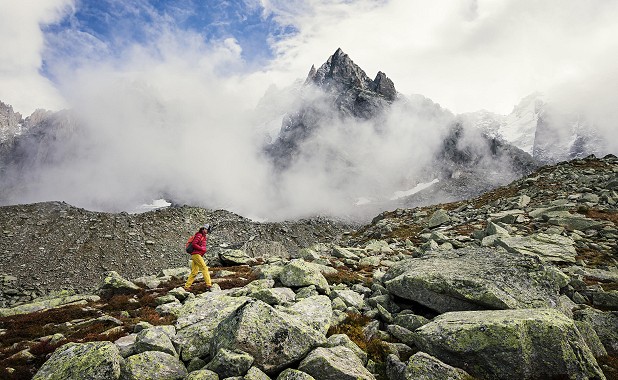
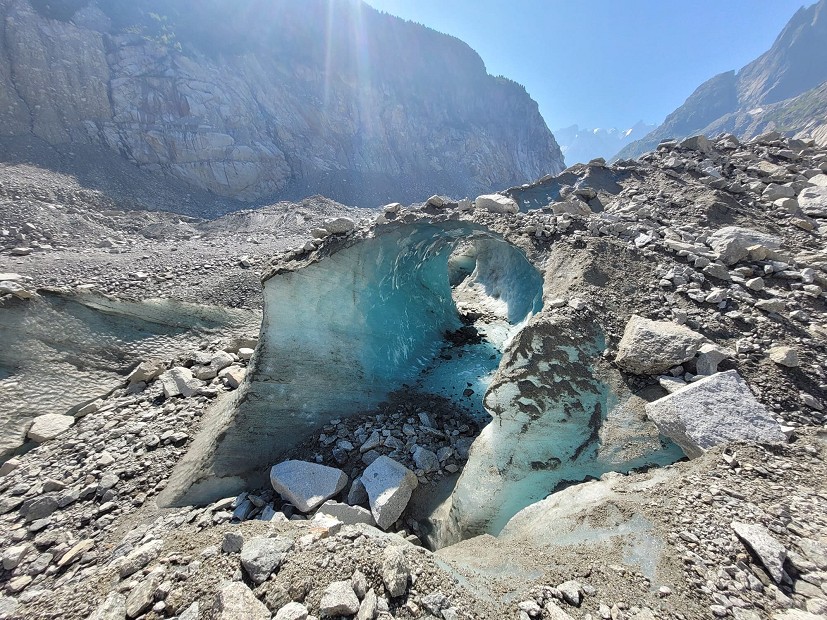
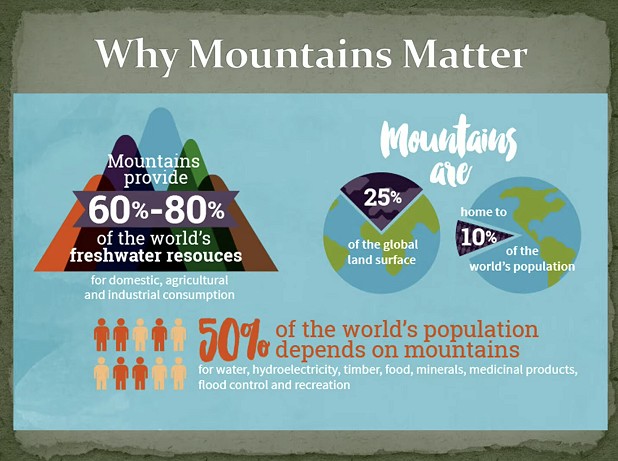
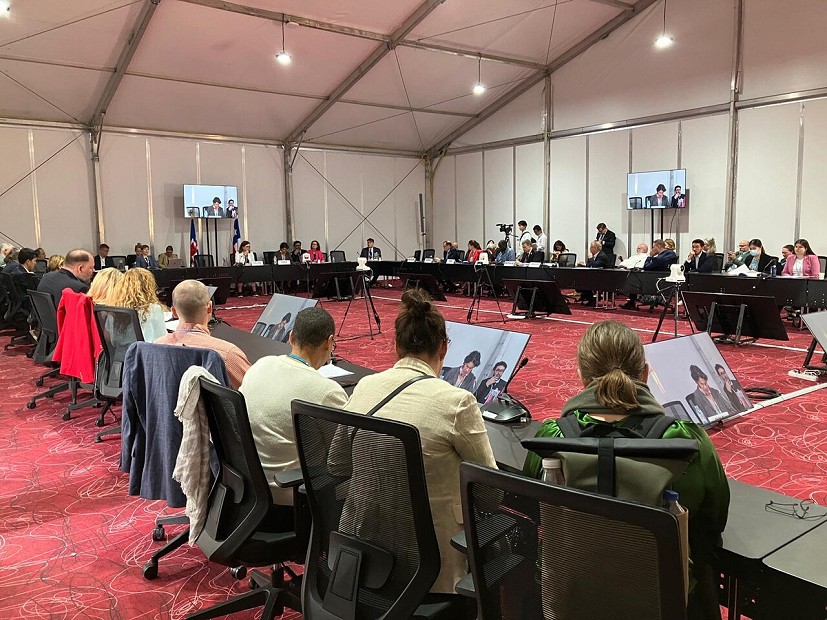

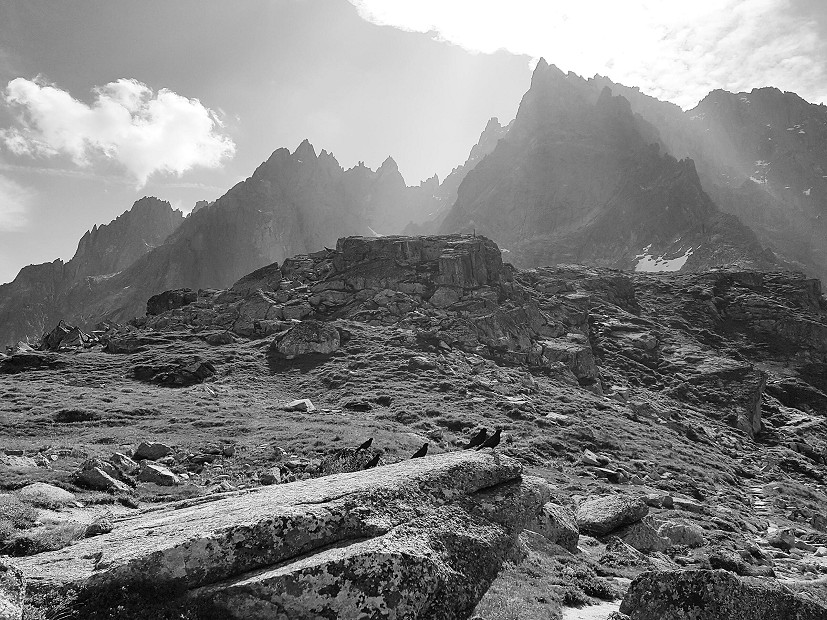

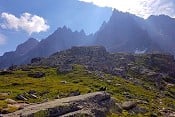
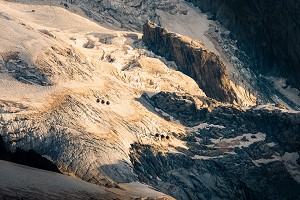
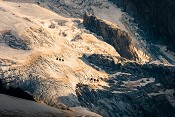
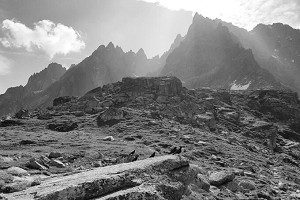
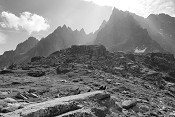




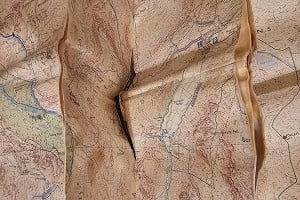

Comments
An excellent and important article IMO. Thanks
Thanks . I think it is important to remind people that it is happening... Its easy to feel powerless and just continue with life - adding your silence as consent to the continual extraction and use of fossil fuels, and mis managment of nature and other resources from the world without due care for the consequences.
Nature is important to us all and its survival is equal to our survival.